The digital age has given rise to a new breed of cultural proponents known as “Theatre Influencers.” These individuals are characterized by their passionate advocacy and promotion of the performing arts, particularly theatre, through various social media platforms. Unlike traditional theatre critics or academics, theatre influencers often blend personal experiences, artistic insights, and social media savvy to engage with a broader audience. Their content ranges from behind-the-scenes glimpses of theatrical productions to reviews, discussions about theatre history, and even personal narratives that connect their lives to the art form they love. The distinguishing feature of these influencers is their ability to leverage social media platforms to reach and resonate with both seasoned theatre enthusiasts and newcomers alike.
Emergence and Growth of Theatre Influencers on Social Media
The emergence of theatre influencers can be traced back to the early days of social media when platforms like YouTube, Instagram, and later TikTok, began bridging the gap between art forms and their audiences. Initially, these platforms were dominated by influencers in areas like fashion, travel, and lifestyle. However, as the reach and impact of social media grew, individuals with a passion for theatre found a new medium to express their love for the stage.
This trend gained significant momentum over the past few years, especially as the global health crisis limited physical access to theatres. During this period, theatre enthusiasts turned to digital platforms to continue their engagement with the art form. Consequently, this period witnessed a surge in the number of theatre influencers, as well as an expansion in their follower base.
Theatre influencers have effectively utilized the interactive and visual nature of social media to engage audiences. They have become pivotal in showcasing new works, reviving interest in classical pieces, and even influencing the production and interpretation of plays. Their growth is a testament to the evolving ways in which theatre is consumed and appreciated in the modern era, marking a significant shift from the traditional, more insular approaches to theatre promotion and engagement.
As we delve deeper into the world of theatre influencers, we will explore their roles, the platforms they dominate, their impact on the theatre industry, and the future prospects of this burgeoning trend.
The Role of Theatre Influencers
The primary role of theatre influencers is the promotion and advocacy of theatre and the performing arts. Through their social media channels, these influencers create content that highlights various aspects of theatre, ranging from specific productions and playwrights to broader themes and styles within the performing arts. By doing so, they help to raise awareness and generate interest in theatre among a diverse audience, some of whom may not have been previously exposed to the art form.
Theatre influencers often share their experiences of attending shows, offer insights into the thematic and technical aspects of productions, and provide recommendations. This kind of content not only promotes individual shows but also fosters a greater appreciation for the art form as a whole. It’s particularly impactful for smaller, independent productions that may not have the budget for extensive marketing campaigns.
Bridging the Gap between Artists and Audiences
One of the most significant contributions of theatre influencers is their role in bridging the gap between artists and their audiences. By using platforms that are inherently interactive, such as Instagram Live, YouTube, and TikTok, influencers can facilitate a more direct and personal connection between those who create theatre and those who consume it.
Through interviews, behind-the-scenes tours, and Q&A sessions with actors, directors, and playwrights, influencers provide a glimpse into the world of theatre that is rarely seen by the general public. This transparency and accessibility demystify the process of creating theatre and make it more approachable and relatable to a wider audience.
Influencing Trends in Theatre
Theatre influencers also play a crucial role in influencing trends within the theatre industry. By voicing their opinions on various productions and theatrical styles, they can sway public opinion and even impact the types of shows that are produced. Influencers who have amassed a significant following have the power to bring attention to specific genres, themes, or social issues through theatre, potentially influencing programming decisions and the direction of new productions.
Moreover, through their engagement with followers, theatre influencers are often at the forefront of identifying and setting new trends in the industry. They have their finger on the pulse of what contemporary audiences are interested in and can provide valuable insights to theatre creators and producers.
Platforms for Theatre Influencers
Theatre influencers utilize a variety of social media platforms to reach and engage with their audience, each offering unique features that cater to different aspects of their content.
- Instagram: Known for its visual-centric content, Instagram is a popular choice for sharing photos and short videos from theatre productions, behind-the-scenes glimpses, and live story updates. Influencers often use Instagram to provide a visual feast of costumes, set designs, and snippets of performances, creating a vibrant and engaging portrayal of theatre life.
- YouTube: This platform is ideal for longer-form content, including detailed reviews, interviews with theatre professionals, and educational content about the history and techniques of theatre. YouTube’s format allows influencers to delve deeper into topics and provide comprehensive insights into the world of theatre.
- TikTok: Embracing the trend of short, engaging video content, TikTok has become a powerful platform for theatre influencers, especially in reaching younger audiences. Content here often includes quick reviews, lip-syncs to famous theatre songs, and humorous takes on theatre tropes.
- Twitter: Twitter is used for real-time updates, sharing news about theatre, and engaging in discussions with followers. It’s a platform where influencers can quickly react to current events in the theatre world and participate in broader conversations.
- Blogs and Podcasts: For more in-depth analysis and personal storytelling, some theatre influencers turn to blogging and podcasting. These mediums allow for longer narratives and discussions, offering a platform for influencers to explore their passion for theatre in depth.
Unique Ways Theatre is Showcased Online
Theatre influencers have developed unique ways to showcase theatre online that leverage the strengths of each platform:
- Virtual Tours and Behind-the-Scenes: Offering exclusive behind-the-scenes content, including virtual tours of theatres, backstage areas, and rehearsals.
- Interactive Q&A Sessions: Hosting live sessions with theatre artists and professionals, allowing followers to interact directly and ask questions.
- Educational Content: Creating content that educates the audience about different aspects of theatre, including historical contexts, production processes, and analysis of plays.
- Collaborations: Collaborating with theatre companies, artists, and other influencers to broaden their reach and bring diverse perspectives to their content.



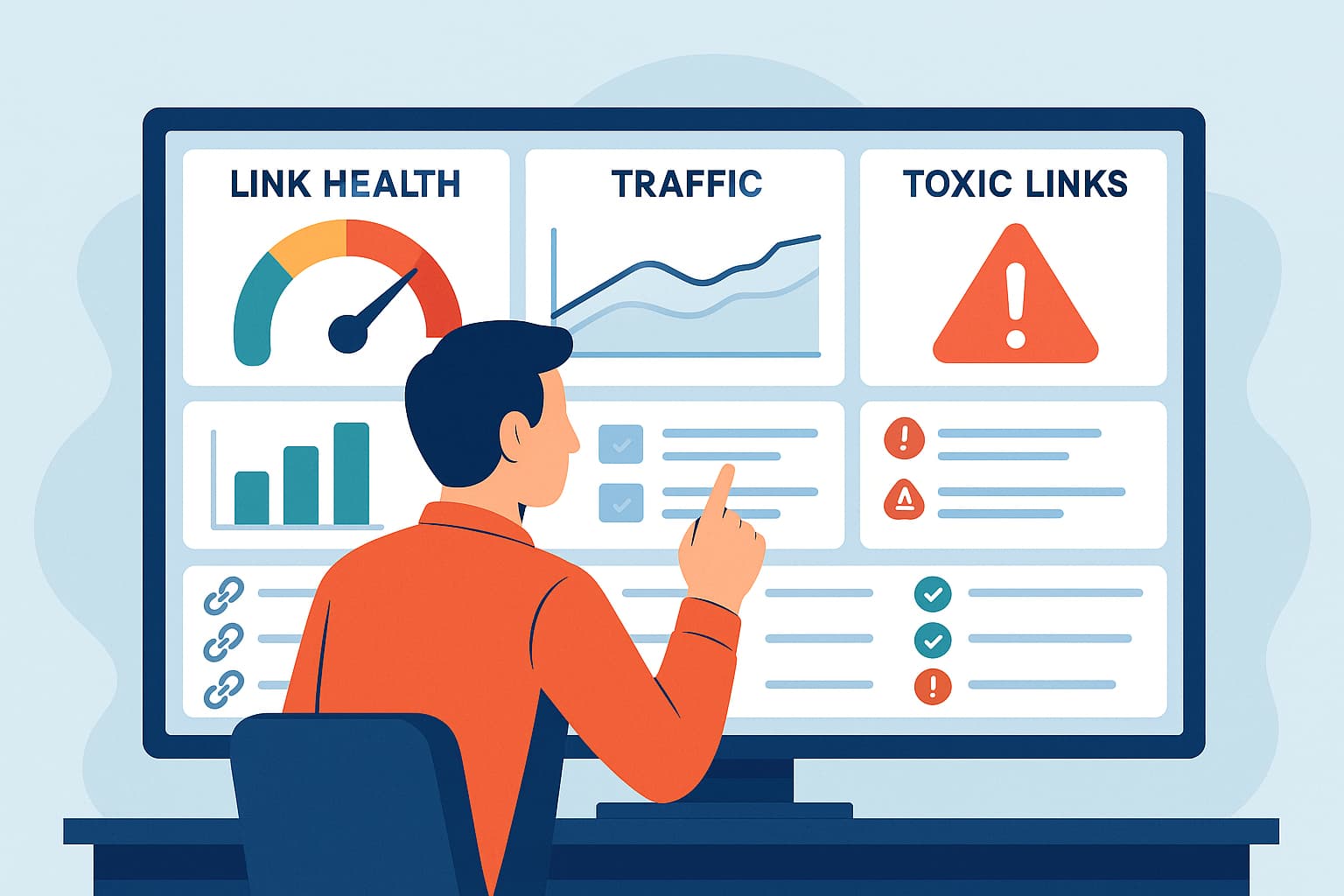
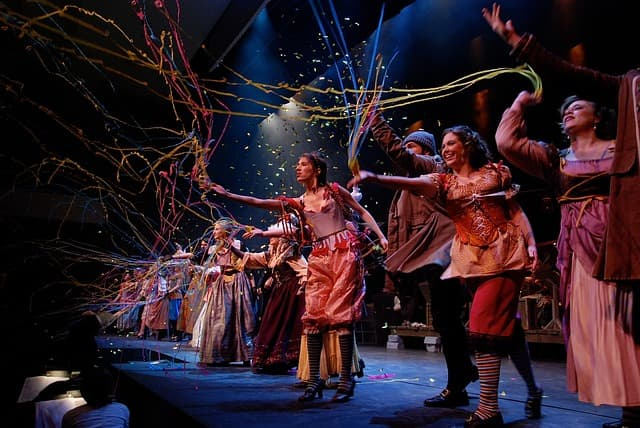
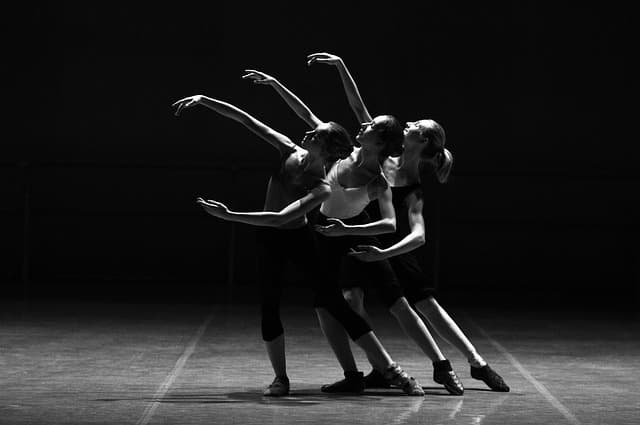
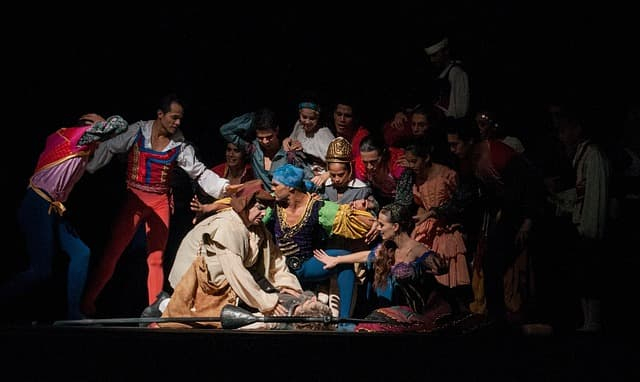

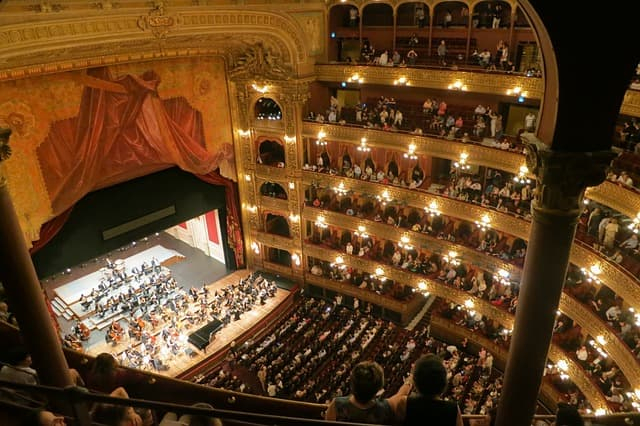
Recent Comments